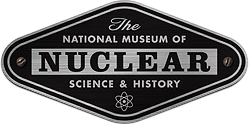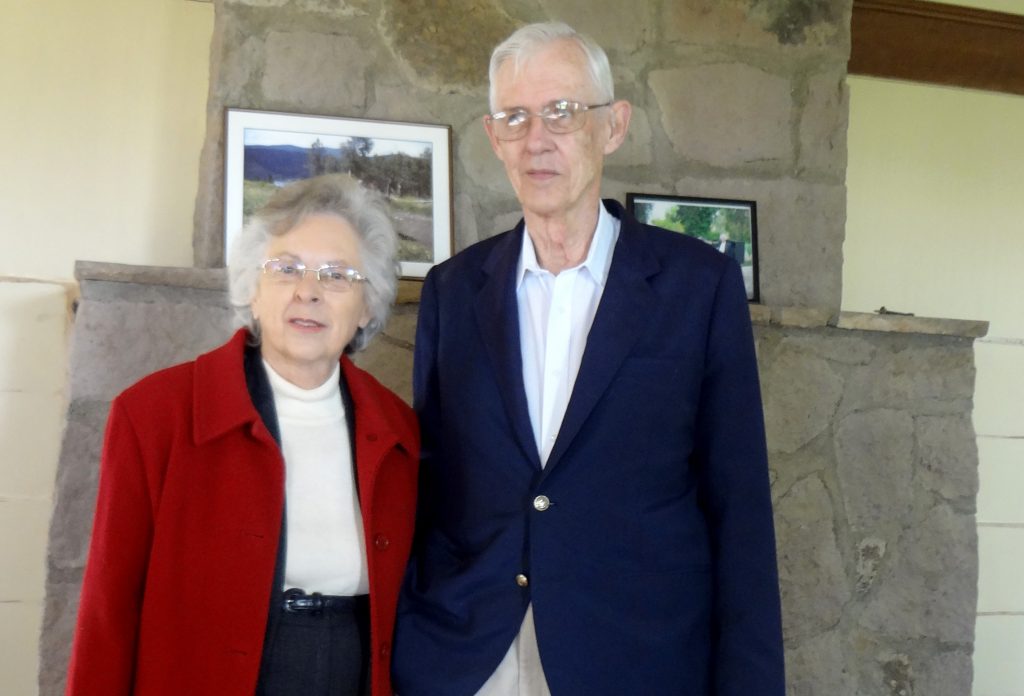Clay Kemper Perkins (1934- ) is an American physicist, philanthropist, and collector of military and historic artifacts. He worked as a rocket scientist for NASA and General Dynamics and as a private consultant for various businesses before focusing his attention on his collection of historic artifacts and replicas. His collection features a variety of Manhattan Project artifacts and replicas including a replica Little Boy bomb, high-speed cameras used in experiments, pin domes used in implosion tests, and a safety plug used in the Hiroshima mission.
Perkins has also contributed greatly to various Manhattan Project preservation efforts. For example, he funded the purchase and restoration of the Hans Bethe House in Los Alamos, New Mexico for the Los Alamos Historical Society. He has contributed to the National Museum of Nuclear Science & History in Albuquerque and has been valuable in the Atomic Heritage Foundation and the Manhattan Project National Park’s restoration efforts.





